I threw a picnic in our garden the other day. We were busy with all…
English Village Pumps
Alright, alright the title might not be too attractive, but believe me it is worth reading this post (and it won’t even be that long) and more importantly have a look at the photos. I assure you, they will be quite interesting.
So this is another big love of mine:
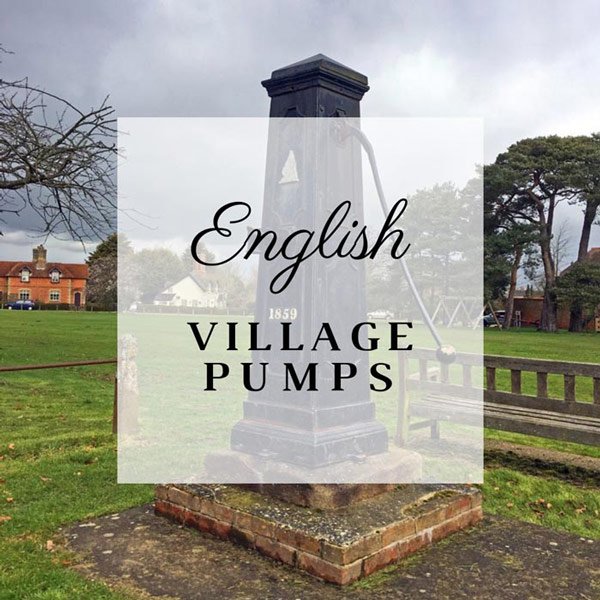
How did this affection start?
Actually we were driving in the countryside to go and see the oldest postbox on the mainland that is still in use when I suddenly saw a village pump on the green of a village somewhere in Wiltshire. I got out of the car and took a photo of that particular village pump and I knew: one day it is going to be another post on the blog and another collection and love has begun. Since, we have been on village pump hunts (no, we are definitely not normal 🙂 ) and we always stop if we see one no matter where we are.

Why are village pumps of such a great interest?
I don’t really know, but perhaps because we only have 3 types of wells in my home country, Hungary: the flywheel, the shadoof and the post-communist, so called “blue pump” which are disappearing these days as the councils are removing them. These iconic blue pumps were installed in the 1950s when the majority of the houses did not have direct water supply installed and water had to be available within a reasonable distance. Now, most houses are connected to the water network, so these blue pumps are not used anymore and the councils try to avoid their annual running costs. It is a pity as the good old blue pumps remind me of bike rides and excursions of my childhood when we stopped to drink some cold water. All in all, these are the 3 main types of wells/pumps you can find in Hungary and although I have not done any deeper research, I am sure the flywheel has the most diverse design. By contrast, in England there are various designs and some really quirky ones. These wells are not open – thank’s God because for some reason I am scared to death of Hungarian wells that are.
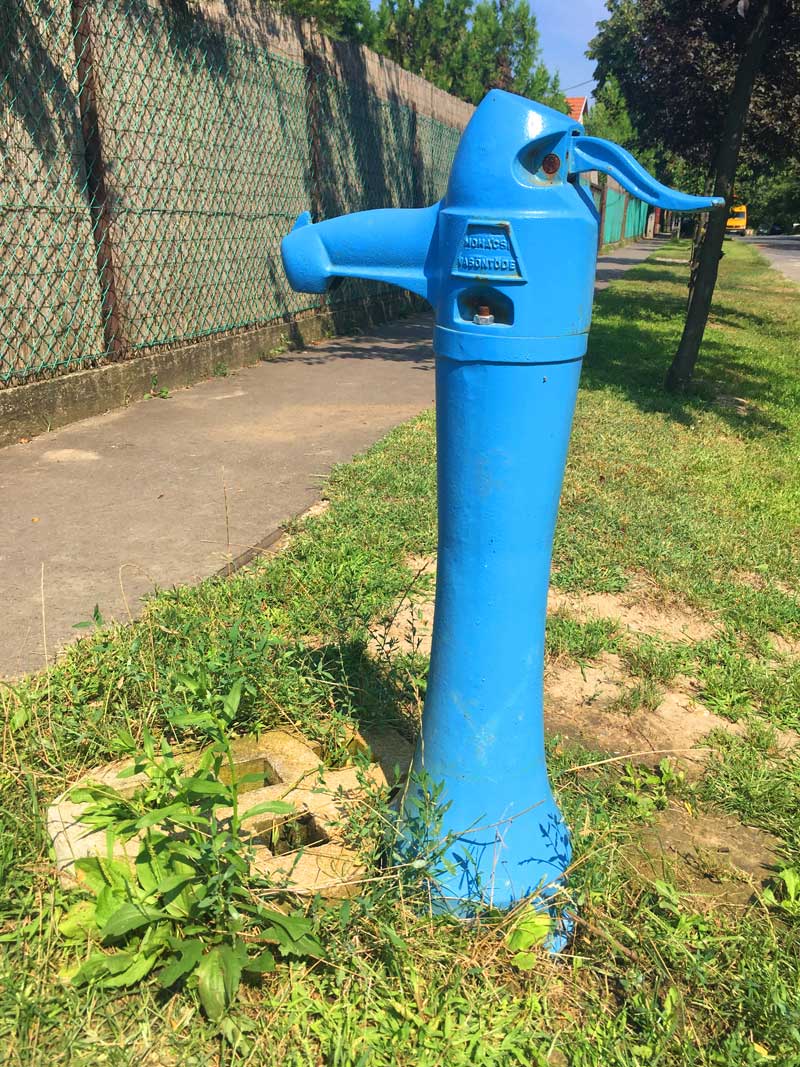
But what is worth knowing about these wells or pumps?
I would not attempt to give a detailed history of pumps or explain how they work, my intention is to highlight some interesting facts and show them.
Let’s start at the beginning to understand the evolution of the pumps. After the Roman period wooden pumps were used in Britain which were mainly made of oak, elm or chestnut. Unfortunately, but understandably, there are only a few wooden pumps left because the wood rotted. Later, pumps were made of a more expensive material: lead. Being a soft metal that can easily be formed, pump makers often decorated the pump and the rectangular tank which was fitted to the pump. The most common motifs were leaves, flower, trees, garland, cherub, star, sun and a crescent plus the maker’s initials and the year the tank/pump was made. Although you can still bump into one or two lead pumps in Britain, like I bumped into one in the Savill Garden in Windsor, there are not many of them left, because they were often stolen and sold for the metal content. What a shame, I have to say. The Industrial Revolution brought a cheaper solution in the form of the cast iron pumps which spread quickly all over the country. Pumps were installed at houses, farms, inns, hospitals, schools etc. According to my own observations pumps often can be found next to churches, but I could not find any explanation for that.
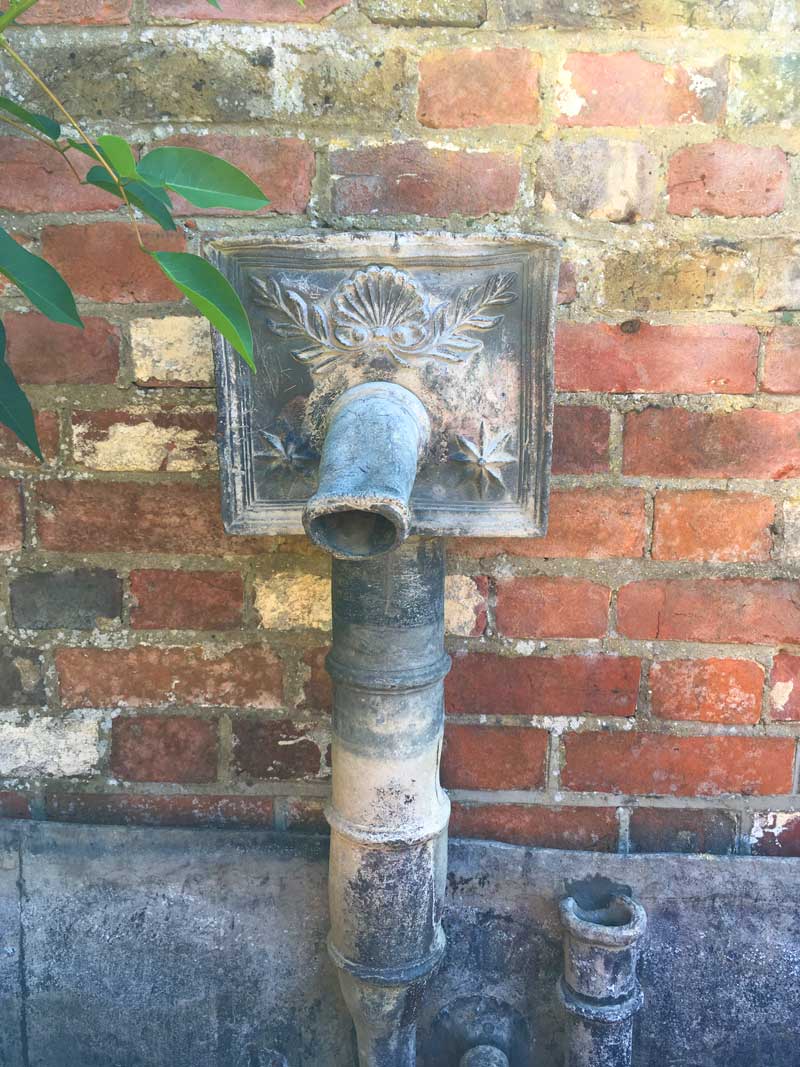
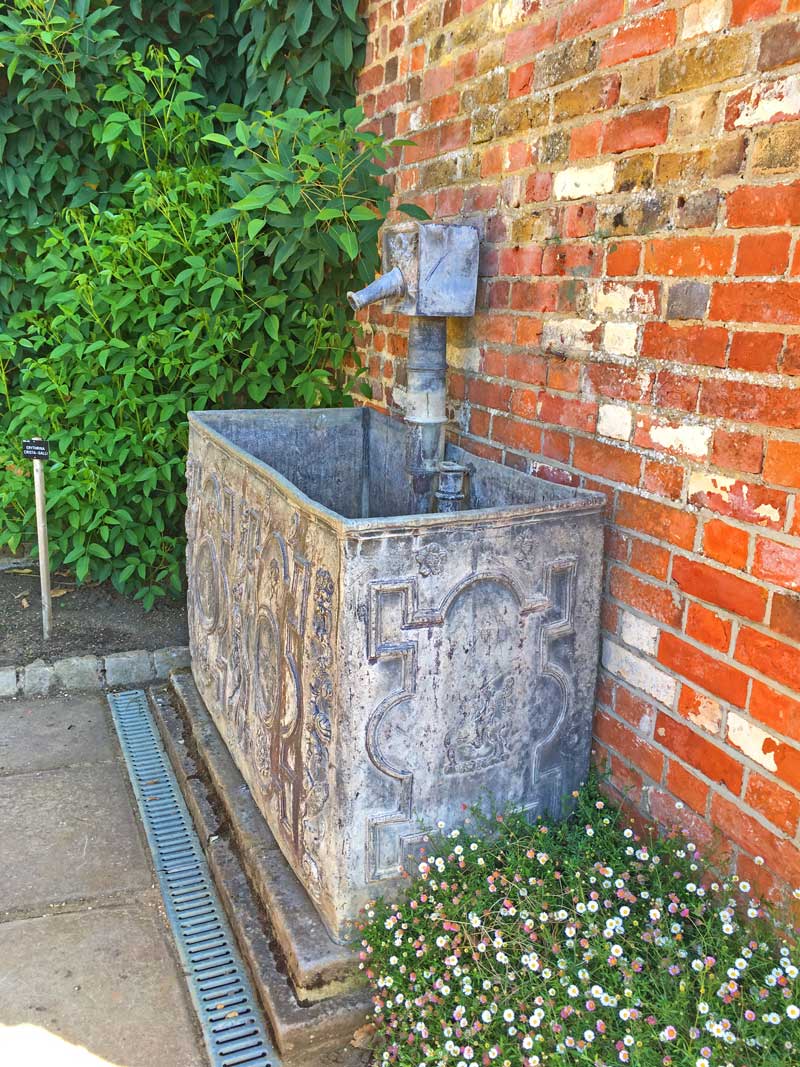
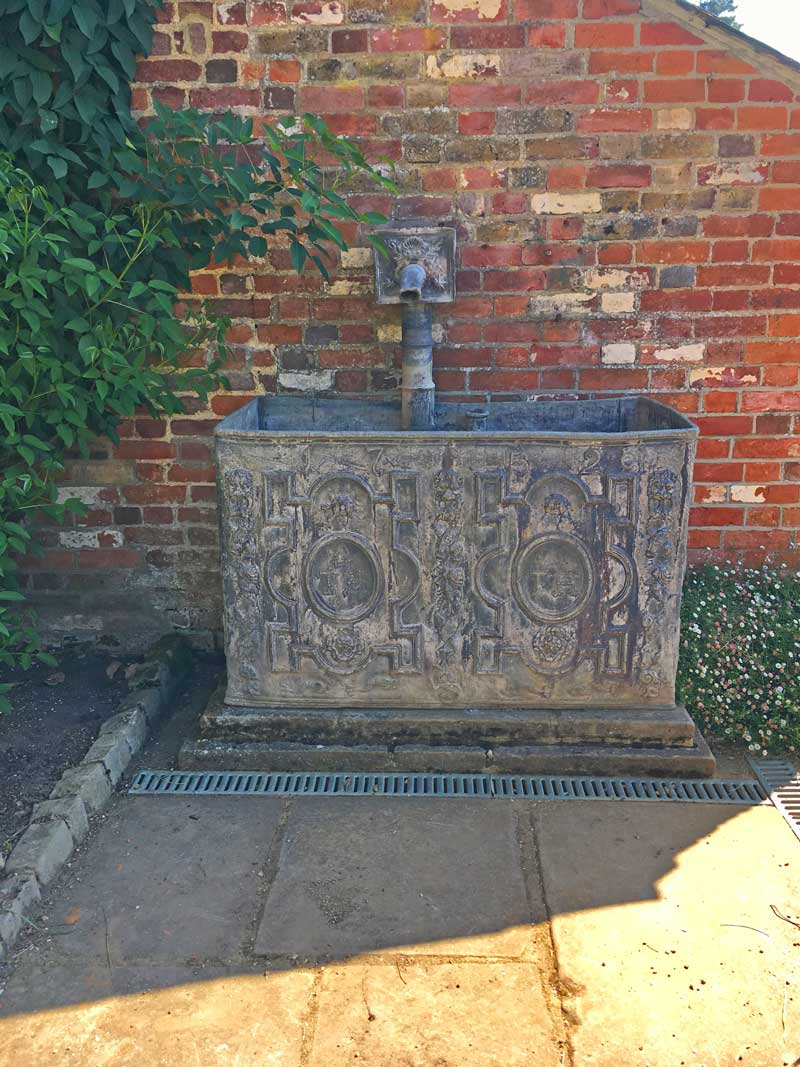
You may ask the question how clean the water of these pumps were.
Well, not that clean… Pollution was a growing problem especially in overcrowded cities such as London, where in 1854 the Cholera epidemic broke out from the Broad Street pump in the Soho. The Public Health (Water) Act of 1878 stated that it was the responsibility of each parish, “to see that occupied dwelling-house within their district, has within a reasonable distance an available supply of wholesome water sufficient for consumption and use for domestic purposes of the inmates of the house.“ It is no wonder that after this date, more and more pumps were installed and these pumps were often not just pumps, but the main attraction or focal point of the village or the town. Or perhaps even more… People gathered around the pump, gossiped, told stories, children played by the pump. It was quite popular among women as they did not have too much chance to get together in public, so they took the opportunity to socialise a bit whilst they filled up their buckets with water. It was anyway a women’s task to fill containers with water and on a Saturday they had to take more as work on Sunday was not allowed.
These pumps were respected and looked after and some activities like cleaning fish or taking water for cattle were not allowed. Obviously, it was a huge problem in the life of a village if the pump broke down or froze. Therefore, in many places they made sure the pump was regularly maintained.
Various designs
As far as the design is concerned, you will see the English were very creative having the most extraordinary designs for their village pumps. When wealthy locals provided a pump for the village to commemorate some great event in their lives, then they wanted to be known and the pump had to be unique. Some of the village pumps look more like a mausoleum than a simple village pump, however, I do not have an own photograph of such type, unfortunately. So let’s have a look at some really interesting ones.
Let’s start with some basic designs. Here you can observe the parts of a pump: spout, bucket hook, handle– the end of it is often decorated with a curl, a pear or rose motif. The head is often fluted, caps often have finials in the form of a geometric shape of a spike or a ball, acorns, acanthus buds or pineapples.
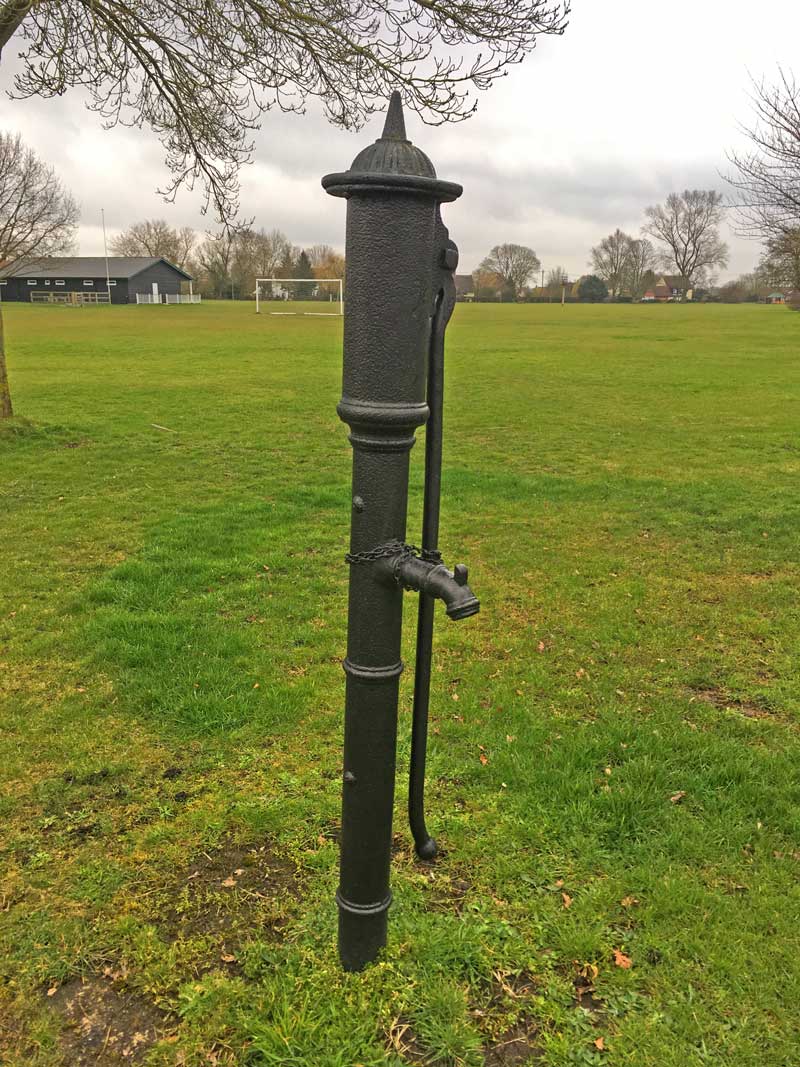
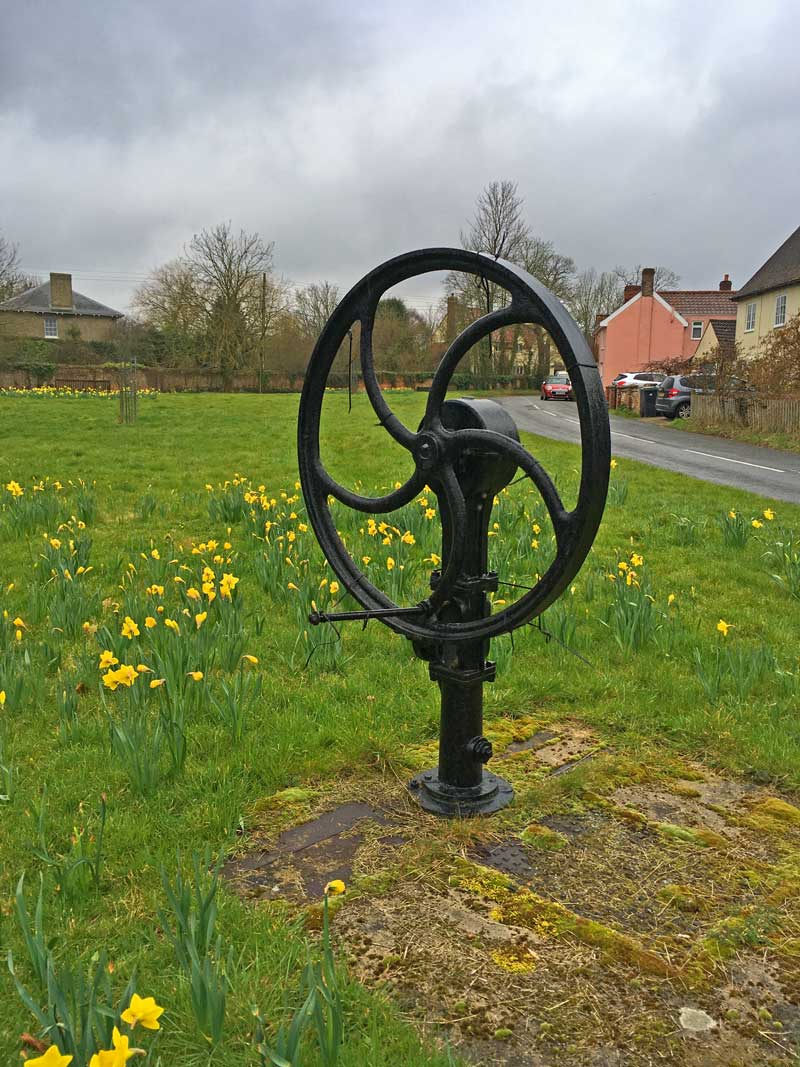
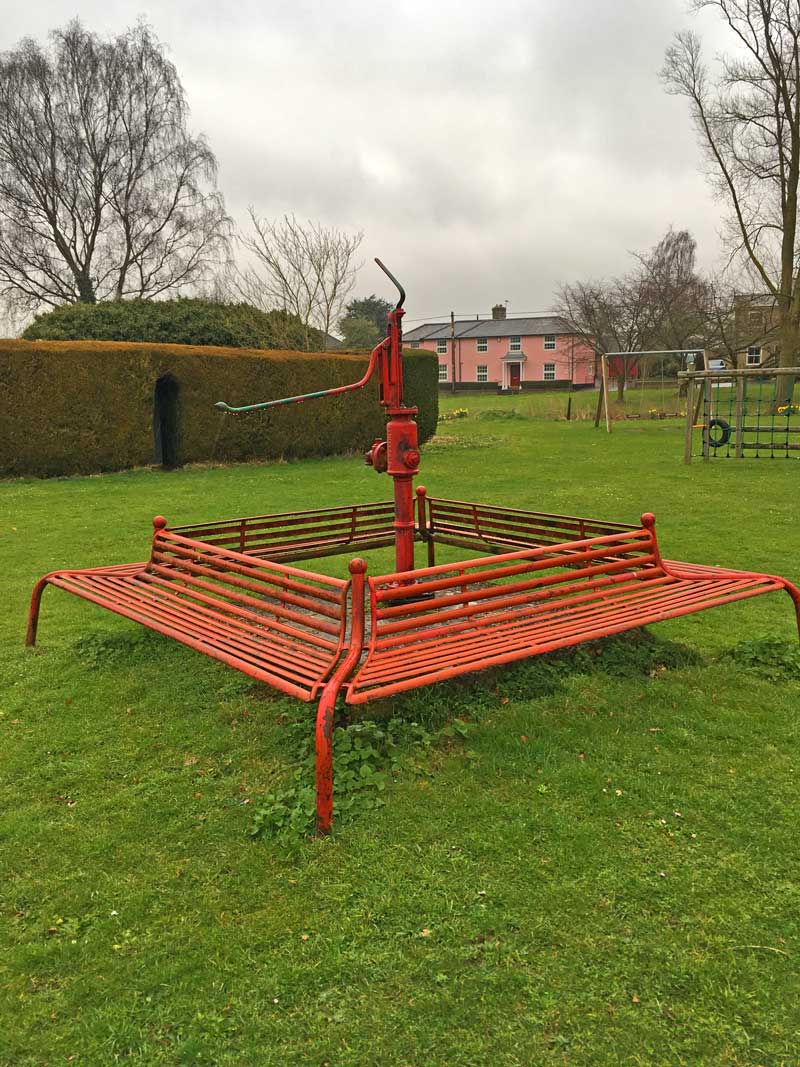
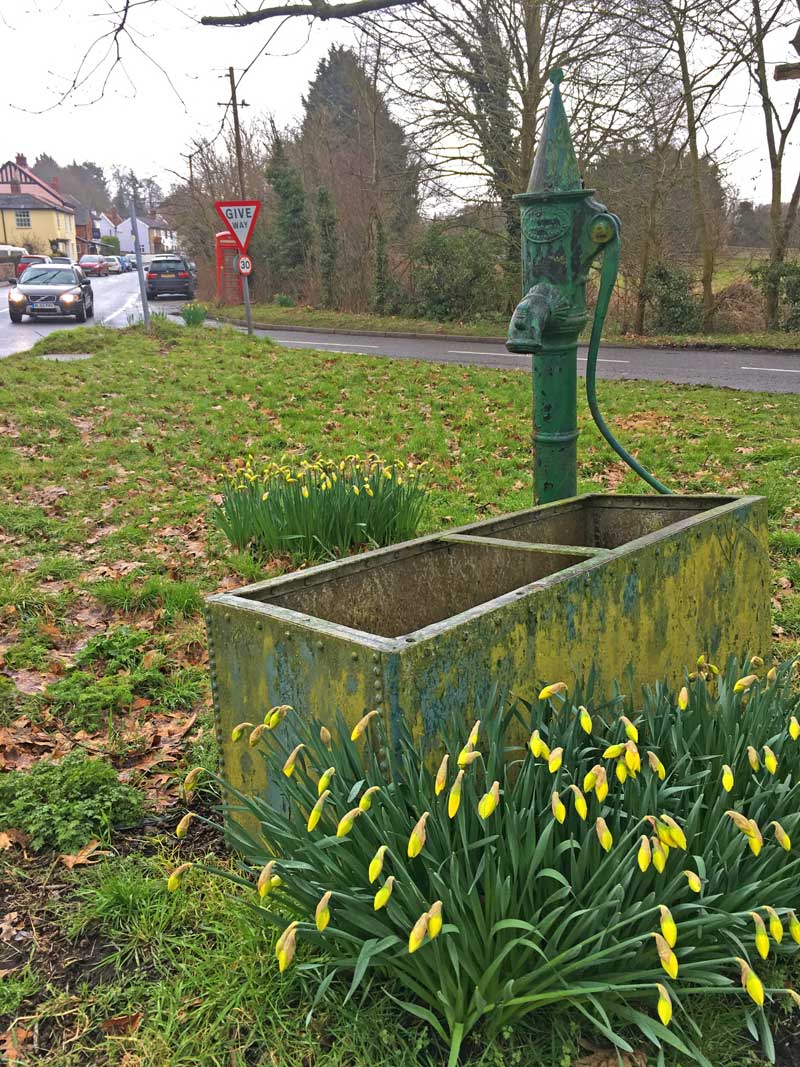
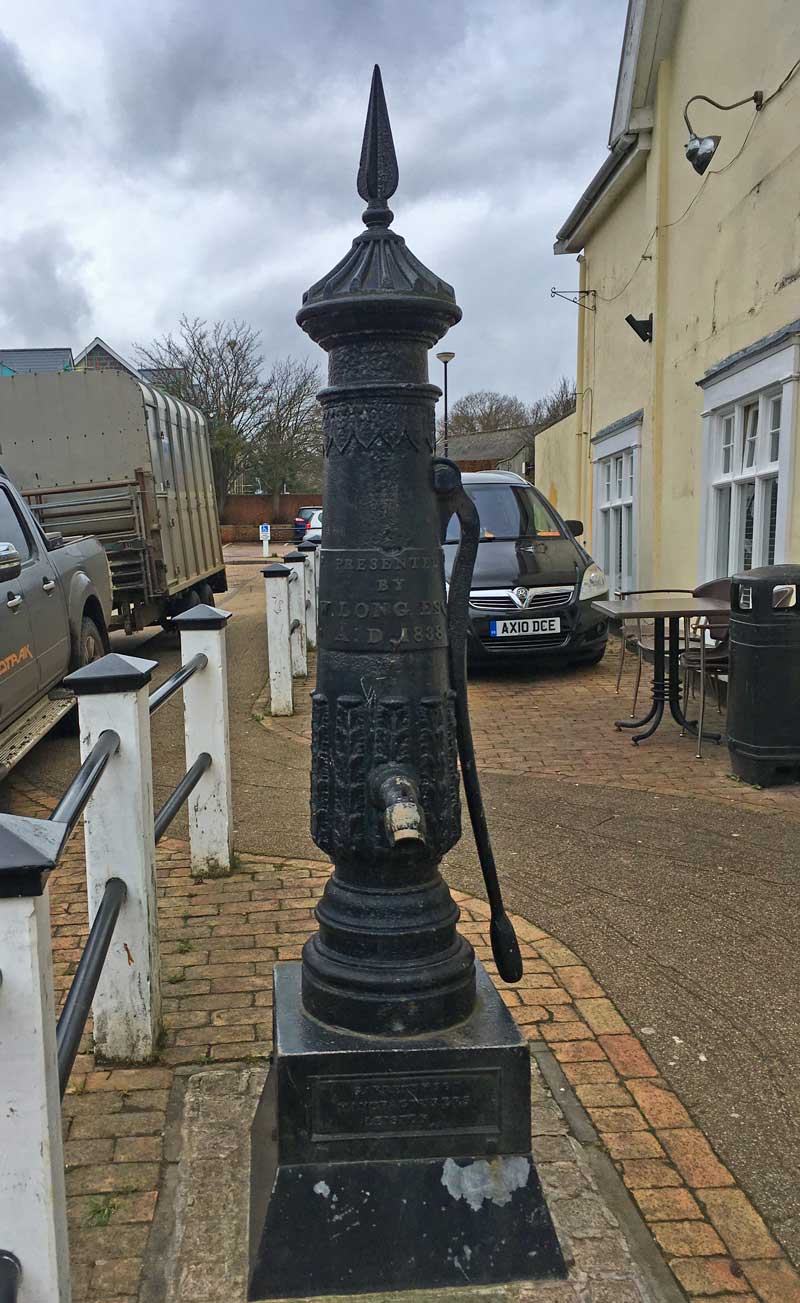
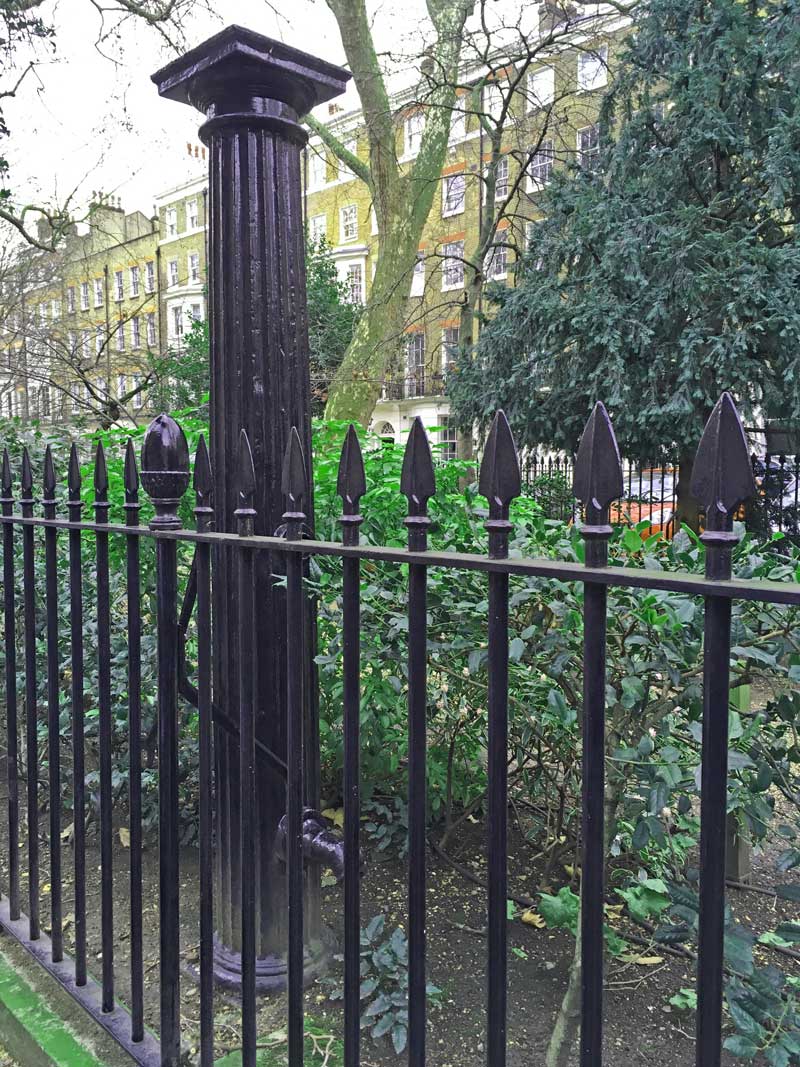
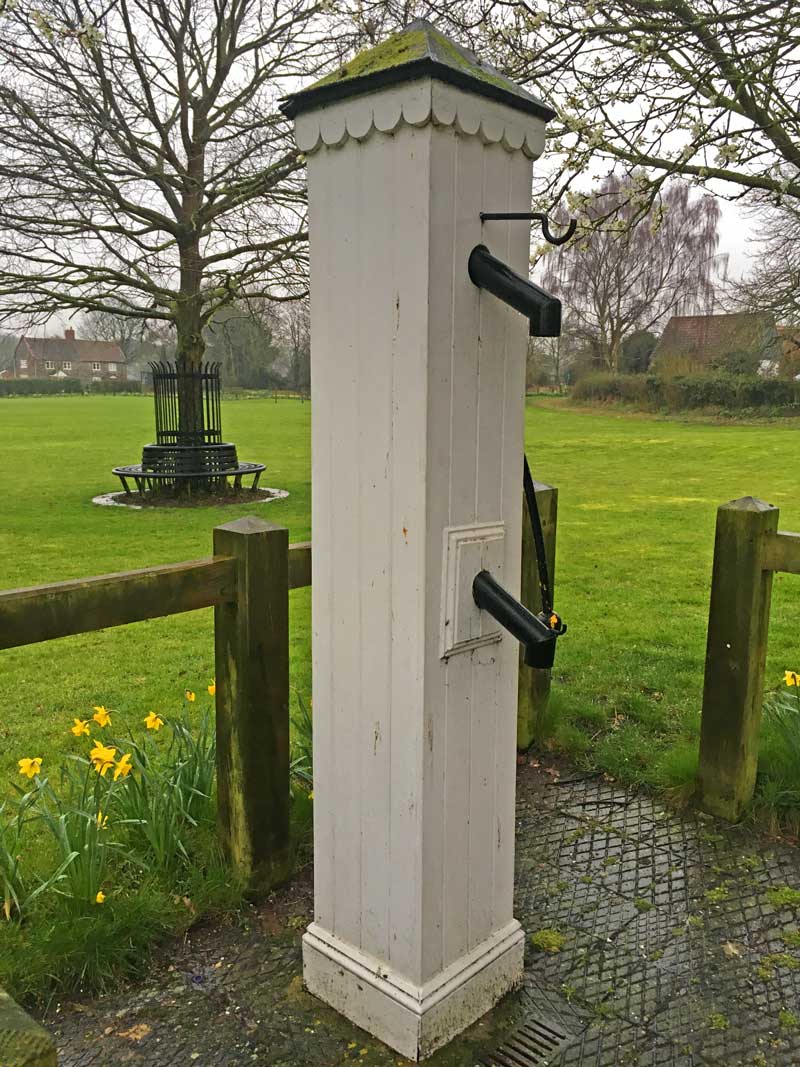
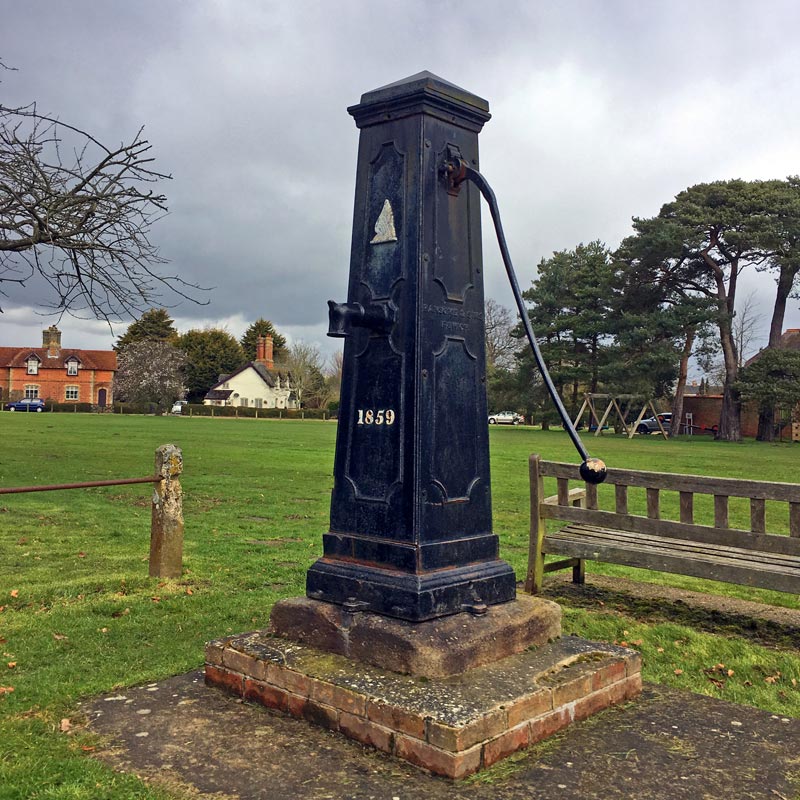
And now some of the quirky ones.
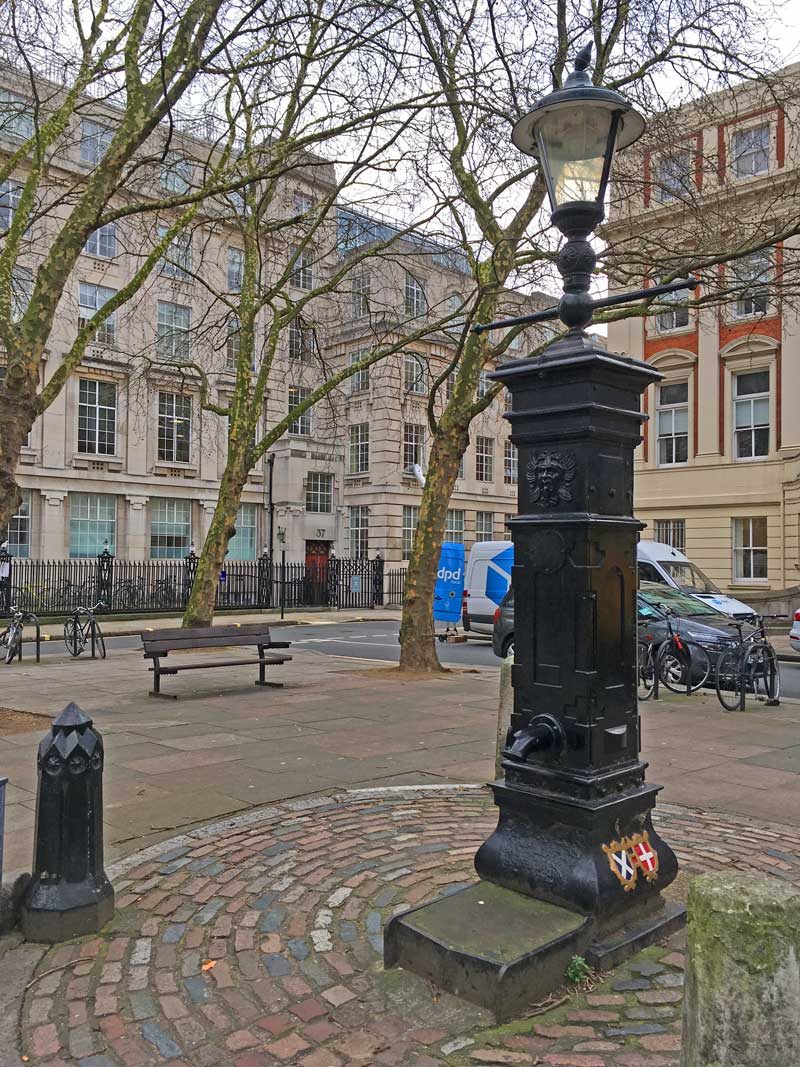
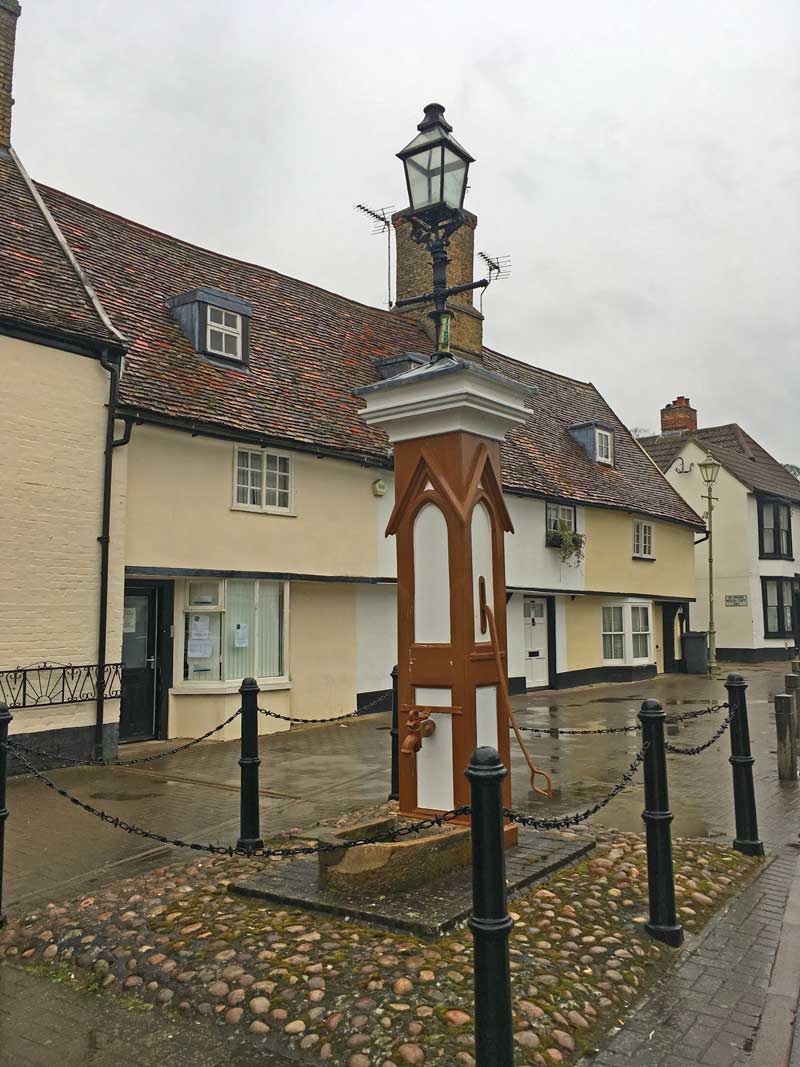
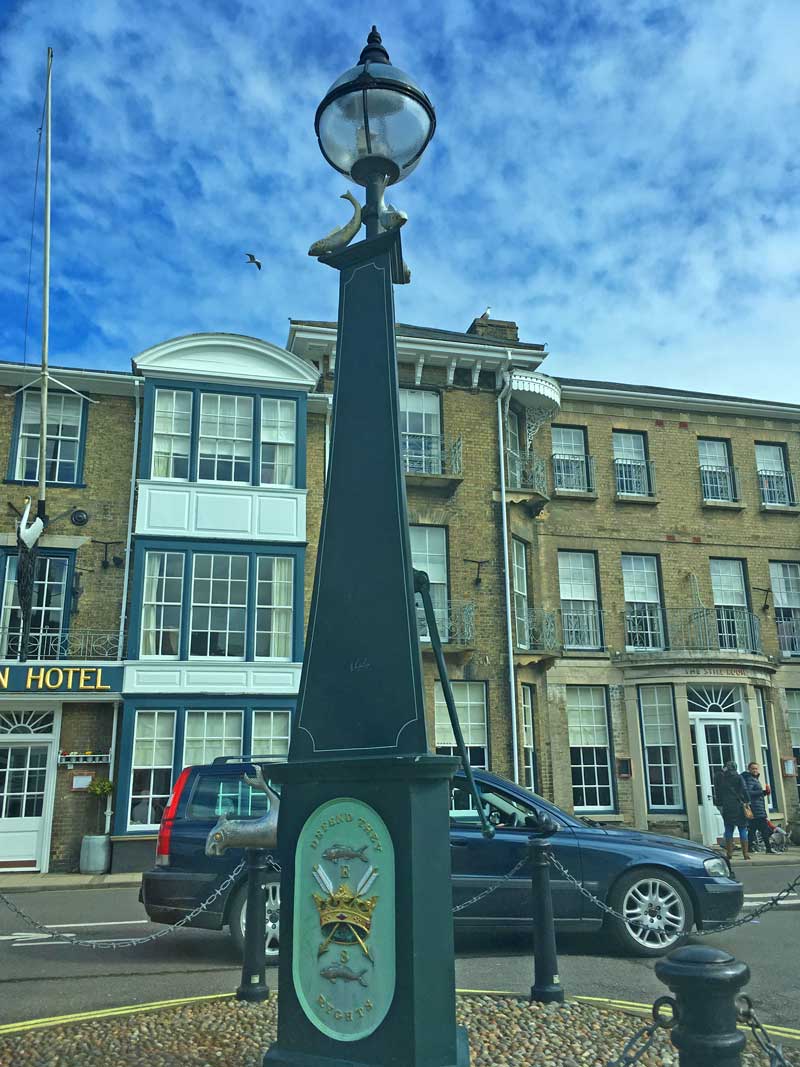
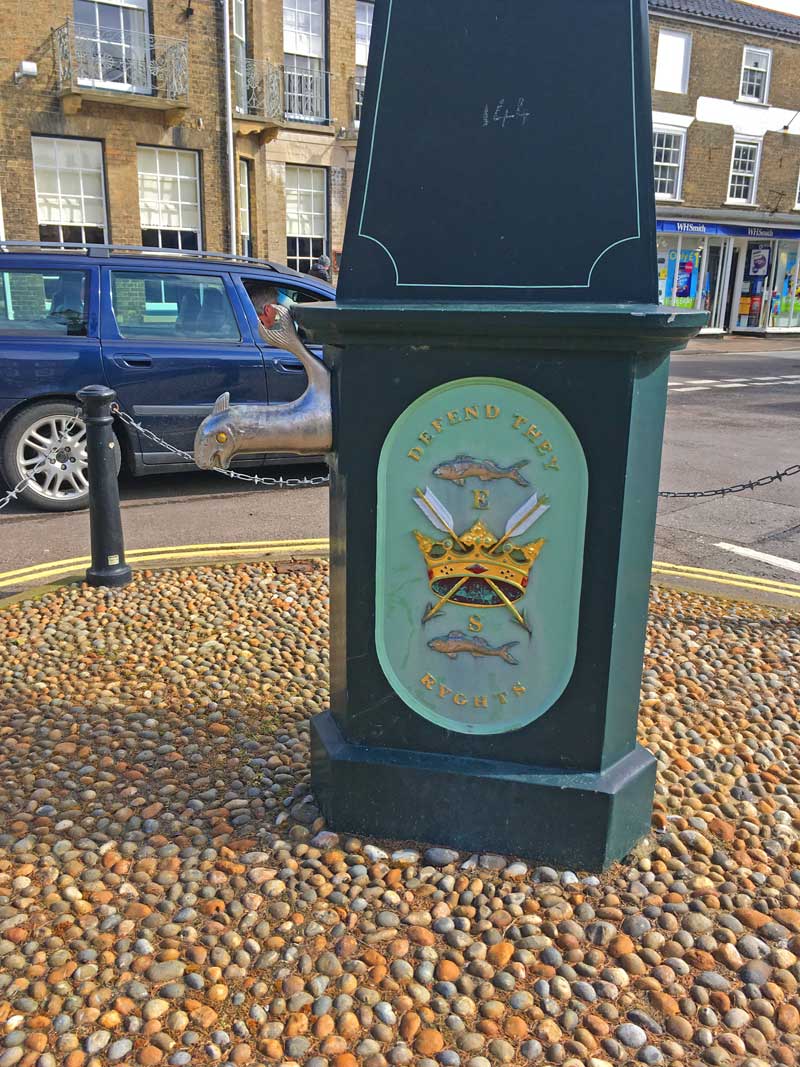
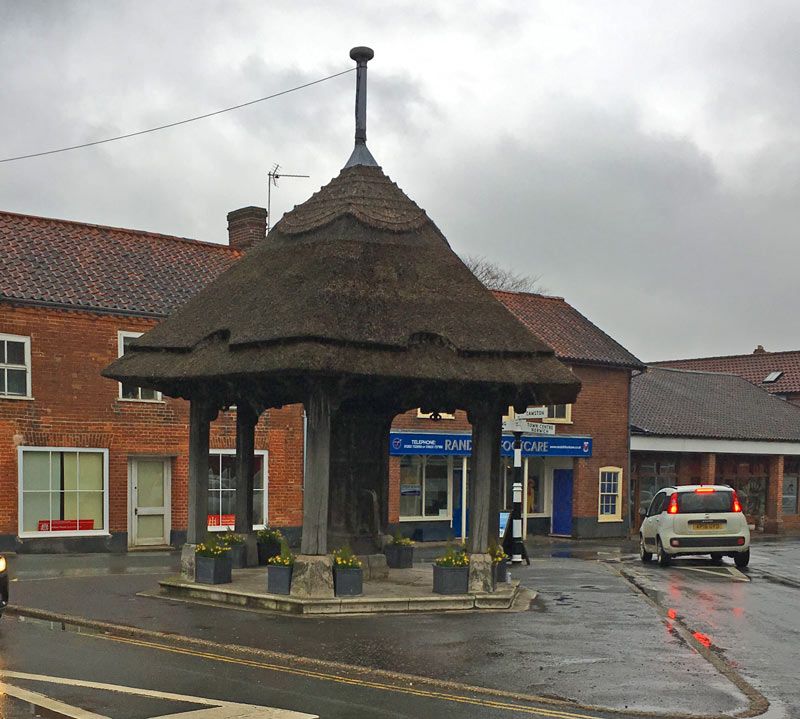
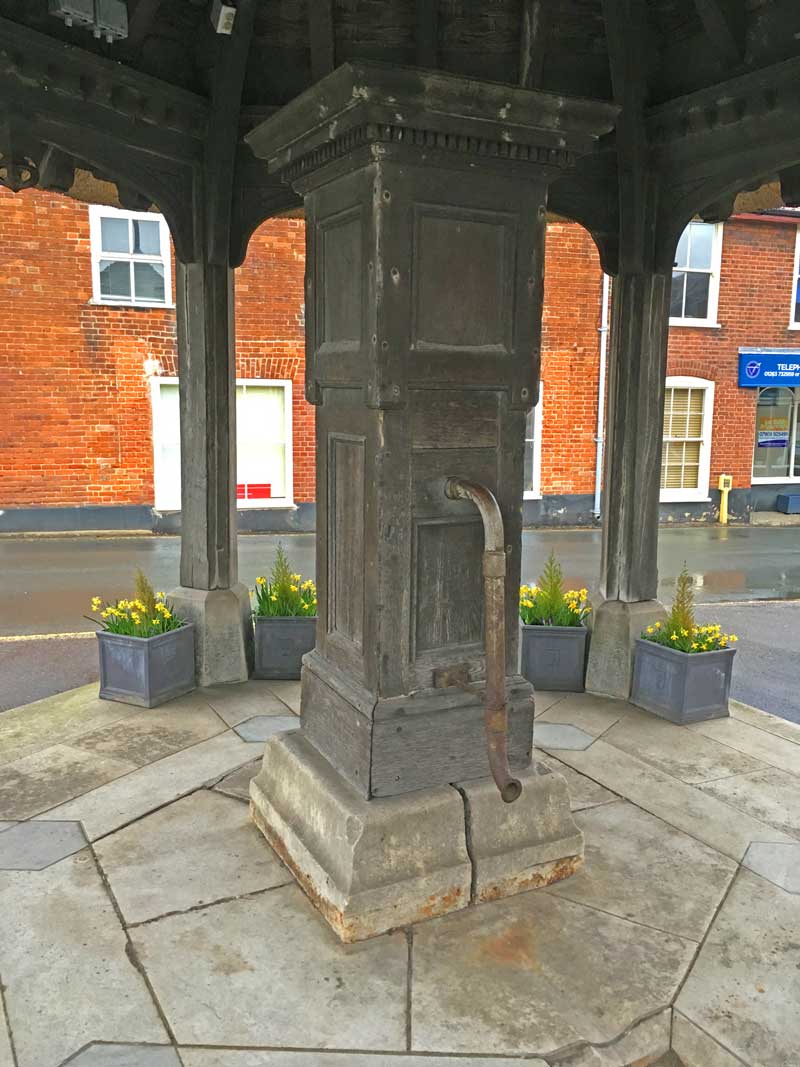
And this last one at Woolpit, Suffolk is truly beautiful. It too has a shelter with a tiled roof and the pump was erected to commemorate Queen Victoria’s Jubilee. Each pillar has a carved statue of a British queen: Boudicca, Elizabeth I, Anne and Victoria.
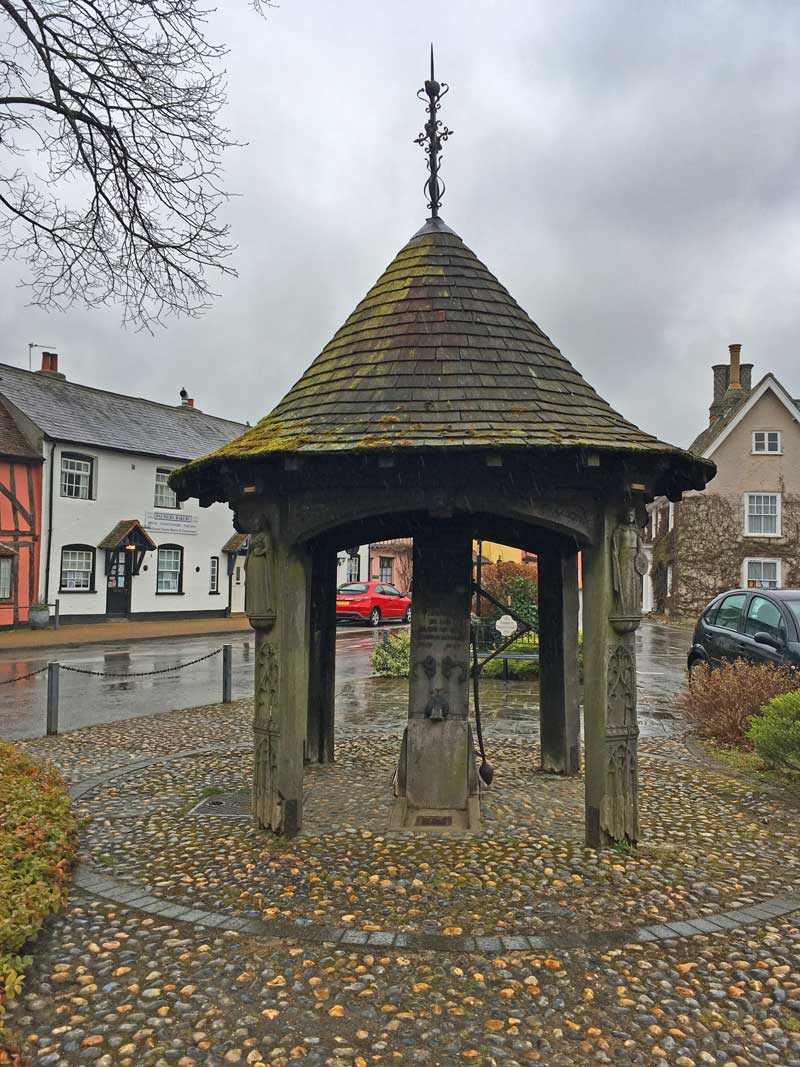


~
As you can see, just like the phone box, the letter box, the Belisha Beacon, buttercrosses or gas lamps, village pumps are also essential part of the English village/town. They are less known or perhaps slightly more hidden and you have to look for them (not always the case), but it is well worth it, I think as they are beautiful elements of the English countryside.

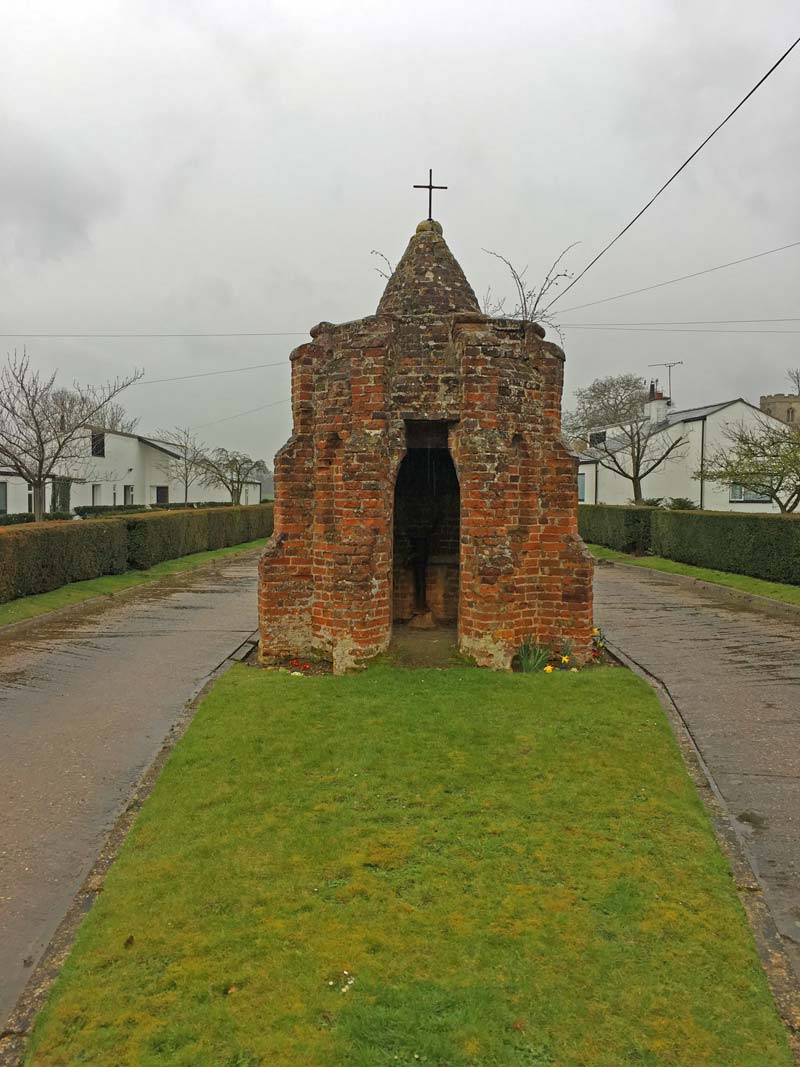
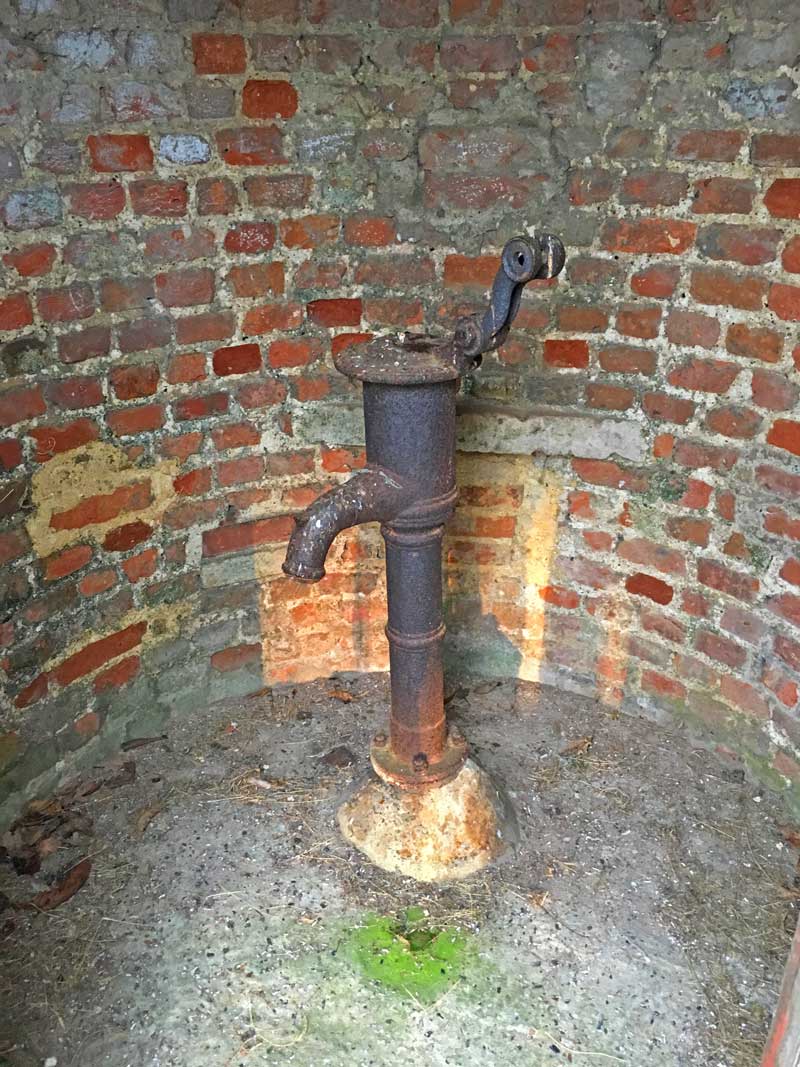



Interesting article, thanks. Do you know anything about the attractive cast iron roadside water “pumps” seen in English villages on grass verges or pavements? I have one on the roadside verge in front of my house in a village in Cambridgeshire, where it’s been long before my parents moved in (in the 1950s). I’ve put inverted commas round the word ‘pumps’ because there is simply a side knob to operate the water flow, more like a normal tap. Amazingly, it still works and people walking their dogs sometimes stop to let them drink. I cured the rust and painted it red some years ago. I assume that they were installed in the village before piped water was brought inside houses, so the villagers could bring their buckets to fill. I’ve tried googling up details but can find very little information.
Thanks,
Chris
Thank you for the comment, Chris. As to your question it is a tough one… I am no expert but from what you said it sounds that what you have is more a standpipe type of thing. Because it was there in the 1950’s already, my guess is that it might have been installed during the Second World War. But I am only guessing here! Is there anything around it that could give a clue? Could it have anything to do with EWS (Emergency Water Supply tanks)? My other guess would be that it might have been an old village pump and was modernised and repaced with a standpipe/tap? Have you tried to research it in the local library or archives? Regards, Gizella
Hi Chris.
I do believe from your description that what you are describing is not a water ‘Pump’ but more of a common mains powered water ‘Faucet’, in and around the small market town where I was born a mains water system was introduced soon after the end of WW1 and for some outlying lone cottages such things were placed just off the road close to these residences which replaced the use of wells until gradually the mains supply was extended into individual houses as is the norm today, much of which took place after WW2, (Can forward a couple of pics which i have if you are interested & care to contact me.).
Kind Regards, Pete.
Chris – we apparently had three taps in our village – now long gone but the base of one remains. These were separate to our old wells and pumps and would have been installed before main water properly arrived I should think.
There is a national website for village pumps Gisella – villagepumps.org.uk – are all your ones listed on that I wonder?
Hi Ruth, thank you for getting in touch. Yes, I know about that website and I believe it is the best collection about village pumps that exists. Therefore, I am sure it contains all the village pumps I mentioned or took a photo of. Maybe its author can provide more information about your/Chris’s query.
A very interesting and enjoyable article. You might be interested to take a look at the unusual vaulted brick pump house at Litlington in Cambridgeshire which is not as yet on the villagepumps.org.uk website.
Thank you, Mark. I looked it up and it’s looking interesting indeed. Thank you for bringing it to my attention.
We have just un covered a well in our garden. It has got a pump on it but doesn’t work, we have just pulled the complete pump out and the 30ft of the cast iron shaft.
The well is made of stone and our house was a farm, so I assume the farmer used the water to drink. The shaft is about 36ft top to bottom, with about 7ft of water in it atm. I have just tested the water and it is drinkable. If you want to check out pictures and videos im on Instagram chart_sutton_well.
Hi Simon,
Thank you for your message. I did have a look at your IG account and the story of your pump and well. Actually, I’m scared to death of deep wells. 🙂 Sorry that the bacteria test was positive. Let’s hope it will clear after a few months. Good luck.
Regards, Gizella
Hi Simon,
I have a photo (c.1920) of the old water pump on the green near my cottage in Yardley Gobion, Northants and I wondered if you might be able to provide some information on it’s maker and/or age. There’s no facility to attach images to this comment however I’d be happy to email it to you if you’re interested.
Best regards,
Bruce
I loved this post! I’m currently on my own pilgrimage to find all Holy Wells and springs around my area and now that has expanded to include pumps. I can tell you why they are near churches, they were holy sites once- pagan or pre Christian and once the missionaries came the Church wanted to convert water worship to Christianity that’s why they included’Holy Water’ in their sermons. Do you have a list of all the pumps you’ve visited? I’d love to see them. My Instagram is water_pilgrim
Hi Josephine, I’m pleased you liked the post. Unfortunately, I don’t have the list of the pumps, but I used this website to pick some: http://www.villagepumps.org.uk/ Hope this helps.